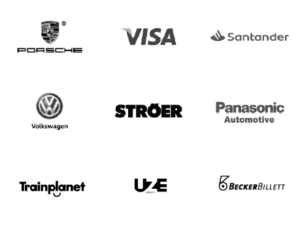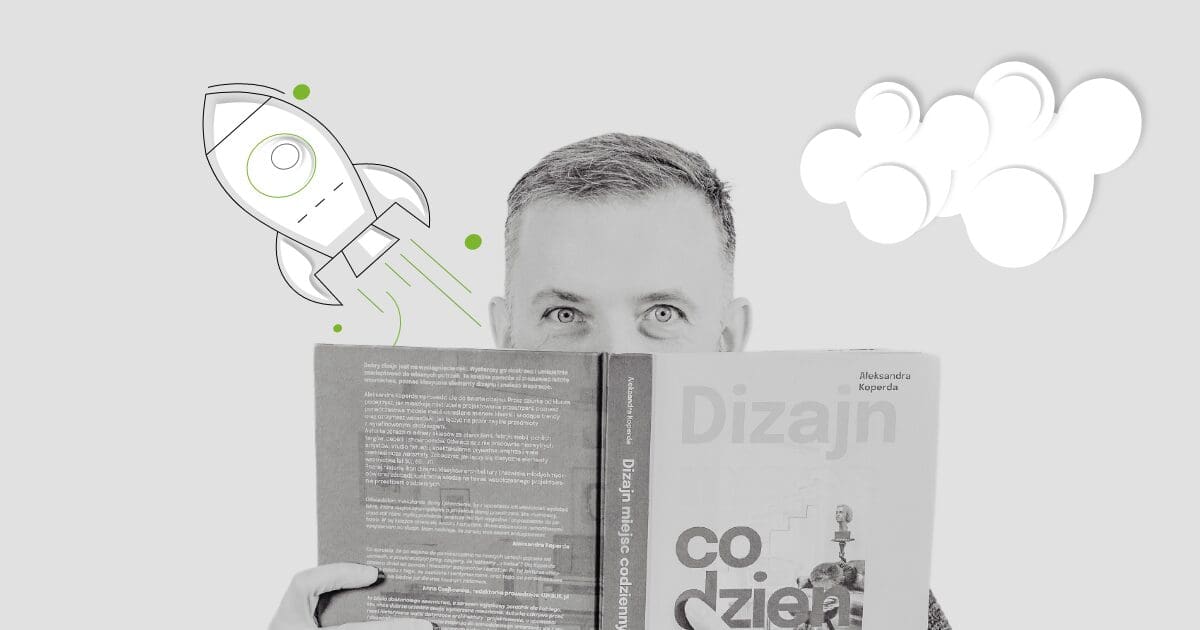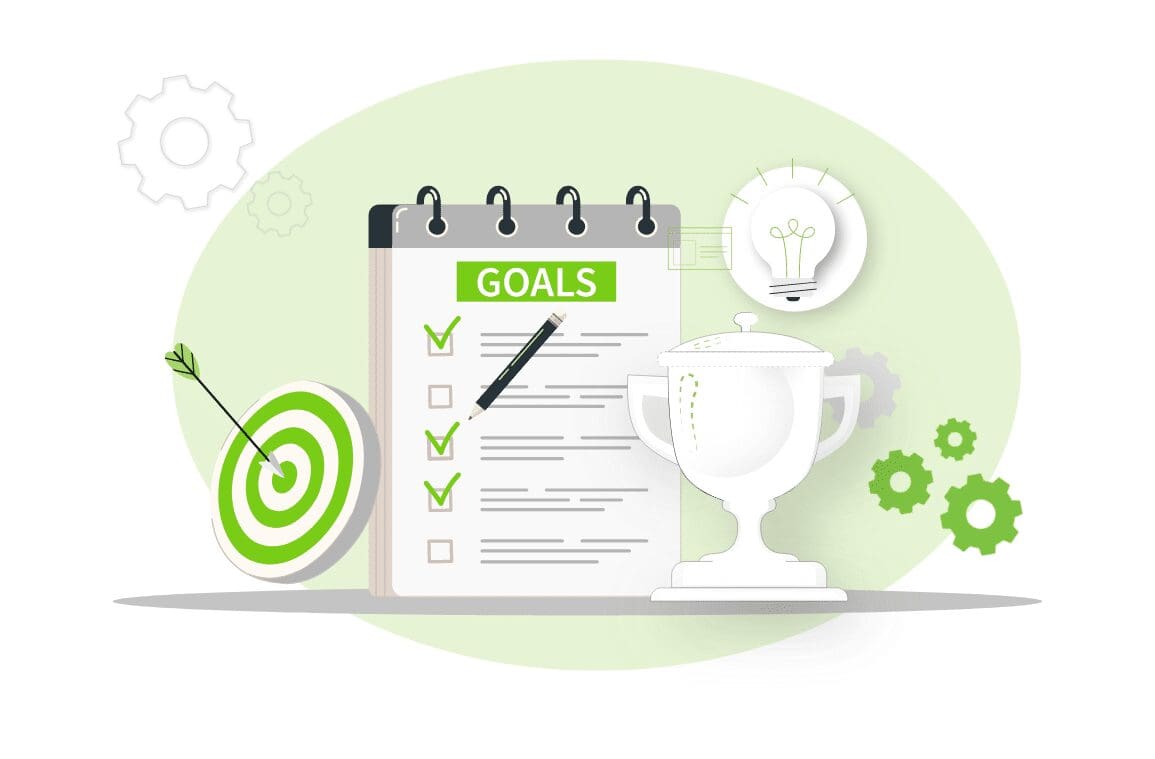Kick off your project with Discovery Phase
Ensure your project is perfectly aligned with your goals and market needs. After Discovery Phase, you’ll get a detailed Low-Level Design (LLD), created by our best architects on board. This comes at a fixed price, letting you start the development process with us or any other software company you choose.

Piotr Filipowicz
Lead Architect

Sebastian Dabkowski
Lead Architect
Why Discovery Phase?
Our goal is to create a clear roadmap that will save you time and resources in the long run while delivering a solution that exceeds your expectations.
Clarity of Vision
The Discovery Phase helps you define and refine your project’s vision, objectives, and requirements. It ensures everyone involved is on the same page, reducing misunderstandings and miscommunications.
Final Effort Estimates
We calculate the costs and set realistic deadlines for your project based on the insights gathered during the Discovery Phase. This transparency helps you make informed decisions and aligns expectations regarding budget and timeline.
Preparation of Low-Level Design (LLD) Document
The result of the Discovery phase is the LLD document. It is a detailed instruction manual for building your software. It guarantees that everyone understands the value of each feature, which leads to a smoother, more efficient, and error-free development process.
ROI Optimization
By identifying and prioritizing core features, you can maximize your return on investment (ROI) from the project. This focus on essential functionalities ensures that you get the most value for your resources.
Informed Decision-Making
With the insights and information gathered during the Discovery Phase, you can make informed decisions about the project’s direction, technology stack, and resource allocation.
What does the LLD Document include?
The LLD document serves as a comprehensive guide for developers and stakeholders, ensuring a clear and consistent understanding of how the software system will be built and how its various components will function together.
System Architecture
The LLD document outlines the overall system architecture, including the structure of modules, components, and their relationshipss. It defines how data flows between different parts of the system, highlighting the interactions and dependencies.
Component Descriptions
It provides detailed descriptions of individual components or modules within the system. This includes specifications for each component, such as its functionality, inputs, outputs, data structures, algorithms, and interfaces.
Database Models
If the software relies on a database, the LLD document includes a database schema design. This schema specifies the structure of the database, including tables, fields, relationships, and constraints. It ensures that data storage and retrieval are efficiently managed.
Deployment Architecture
The LLD document describes the deployment architecture, outlining how the software will be hosted, configured, and scaled. It may include details about server configurations, network setups, load balancing, and failover mechanisms.
Discover architectural and design choices for a healthcare monitoring system
Explore our team's workflow. Discover a project crafted by our software architects. Learn about our approach to architectural decisions in developing a patient monitoring system.
Clients about us
You do not often come across a company where everyone has a positive attitude, is open-minded, willing to help, and you would like to spend even your free time with them as they are always polite and funny, and on top of it, providing highly professional work.

Ole James Abel
CEO, Beckerbillett GmbH
They’re a professional company that has really good resources, and I’d highly recommend them.

Kamil Zabielski
CEO, Sysdogs
Inspeerity provided flexible development resource to augment the team at DA Systems in building a system for sensitive parcels that need to be delivered very fast and in a fully controlled manner.
David Upton
CEO, DA Systems
We previously worked with Inspeerity because we wanted to update our OData WebAPI system. It turned out that they are very competent and open-minded.
Patryk Pałasz
CTO, Rapp Enserv

Want to talk & save time?
Our team is ready to assist you. Click the button below for a direct link to the calendar and easily choose the time that works best for you.
Who Is It For?
Our Discovery Phase service is tailored for anyone embarking on a software development project. Whether you’re a startup, a growing business, or an established enterprise, our service can provide clarity, reduce risks, and optimize your project’s chances of success.
We tailor software solutions to enhance efficiency in manufacturing, integrating AI and IoT for smarter, more effective production processes.
Our fintech software is designed to streamline financial operations, ensuring security and efficiency with emerging technologies.
Custom software that improves patient care and operational workflows, utilizing AI and data analytics for better healthcare outcomes.
Insurance software to simplify claims and risk management. Using modern technology to improve security and build bridges between your processes.
Our custom green energy software helps you improve network interoperability, and demand response efficiency using OCPP, OCPI & ADR solutions.
The Five Steps of the Discovery Phase
User research and requirements
Our first move is to gather all your project details—this means pulling together any documents, use cases, descriptions, and third-party API info you have. Next, we'll set up a kick-off meeting to introduce our team and dive deep into understanding your product.
Feature list and eventstorming sessions
After we gather all the needed info, our team holds a workshop to really get into what your business is all about. We use this time to make sure we understand everything you need, spot anything we might have missed, get a good look at how your business works, and make sure everyone's on the same page about what we're aiming to achieve.
LLD- Low-Level Design Document
To fine-tune your project's blueprint, we craft a Low-Level Design (LLD) document. This detailed guide outlines every aspect of the project architecture, from system structure to database models, ensuring the implementation team has all they need to bring your idea to life.
Technical plan
Alongside the LLD, we draft a technical plan detailing our approach, including key architectural decisions, their context, and impact. This plan outlines the frameworks, libraries, and SaaS services we'll use. Every step we take is documented, ensuring transparency from the start.
Wireframes and visual design
We create wireframes and designs to give you a clear picture of the final product, aiming to finalize these visuals during the discovery phase. This ensures the project's look matches your vision. With the insights we gather, we can accurately estimate the project's timeline, select the best tech stack, size the team correctly, and pinpoint specialists needed for success. Following this, we move to the kick-off stage, turning plans into action.
Start discovery phase with us
Trusted by

FAQ
01.What is a Discovery Phase?
The Discovery Phase is the first step in software development where we outline your project’s needs, goals, and technical requirements. It’s all about ensuring your software is perfectly aligned with market demands and user expectations from day one.
02.Why is the Discovery Phase important?
It ensures your project is on the right track by:
- Identifying the best market fit.
- Enhancing user satisfaction.
- Saving costs on unnecessary features and post-launch fixes.
- Speeding up the go-to-market time.
- Helping you plan for scalability and resource use.
03.How does the Discovery Phase save money?
By identifying the most efficient and effective path for your project, it prevents wasted resources on unneeded features. This reduces the need for costly changes later, and ensures a market-fit product that appeals to your target audience.
04.What happens after the Discovery Phase?
You’ll receive a comprehensive plan including detailed requirements, technology stack recommendations, UX/UI wireframes, and a project management strategy. This blueprint makes the development phase smoother and more predictable.
05.Who should be involved in the Discovery Phase from our side?
Key stakeholders who understand your business goals, customer needs, and project vision should participate. This ensures that the project aligns with your business strategy and user expectations.
06.What's included in the fixed-price Discovery Phase?
Our fixed-price Discovery Phase includes:
- Market and user needs analysis.
- Technical solution planning.
- Detailed requirements and specifications.
- UX/UI design planning.
- Project management and planning documentation.
07.Can we proceed with software development elsewhere after the Discovery Phase?
Absolutely! The documentation and plans we provide equip you to move forward with any development team, offering the flexibility to choose how and where to build your project.
08.Do I need a detailed plan before starting the Discovery Phase?
No, you can start with just an idea drawn on a napkin. Our role is to help refine your vision, identify technical and market requirements, and plan the project’s development.
09.How long takes Discovery Phase?
Between 20-34 days.
More about Discovery Phase in our blog posts

All
What is Proof of Concept? The Key to Successful Software Projects
Discover the importance of proof of concepts in the software process. Learn how POCs can set up a project's success. Read today!

All
Unveiling the Discovery Phase: Case Studies and Insights for Project Success
Discover the secrets to a successful project by diving into the crucial discovery phase. Learn what to expect and how to maximize its potential.

All
Software Delivery Process for Professionals that Works
To make you more familiar with the best way to run software projects, we’ll share with you our software delivery process.
